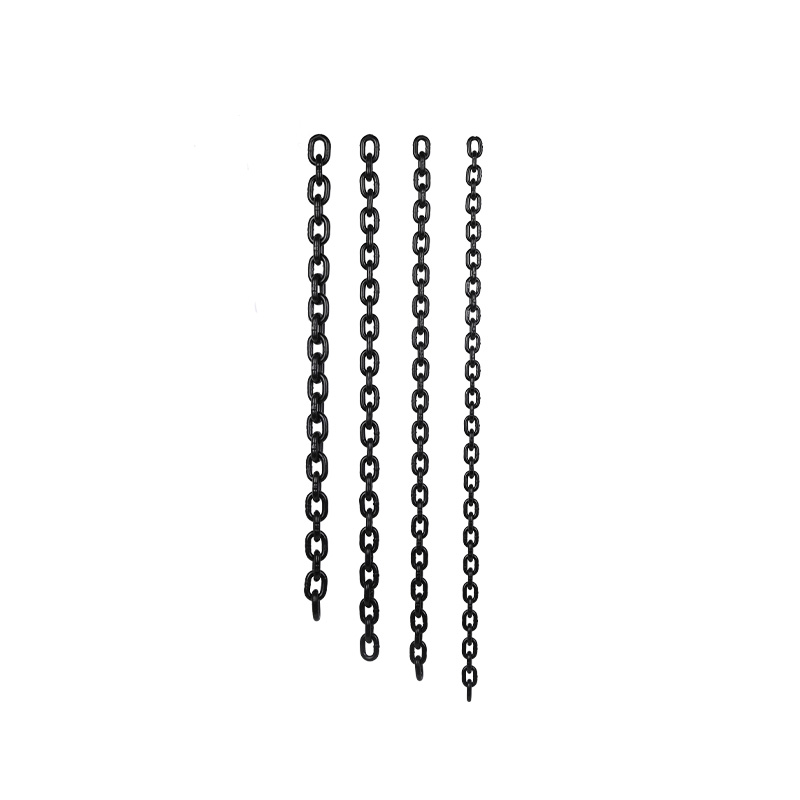Home / News / Industry News / Is it Better to Put Chains on Front Or Back Tires?
Is it Better to Put Chains on Front Or Back Tires?
Sep 29,2022
You've likely wondered: "Is it better to put chains on front or rear tires?" Here are some answers. First of all, make sure that the chains fit snugly over the tires. If you put them on the back, the chains can slide down and break when the tire spins. You may also accidentally run over the working parts of the chain if they're not fitted correctly.
If you're using a manual, look at the owner's manual. You'll find that certain cars need chains only on the front or back. These vehicles are required to have chains when the temperature falls below freezing, and the regulations regarding winter tires vary depending on your vehicle. Front-wheel-drive vehicles should put chains on the front, while rear-wheel-drive vehicles should put them on both the front and back tires. For all-wheel-drive vehicles, you can install chains on the front or back tires, but your owner's manual will tell you specifically how to attach chains.
When installing chains, make sure to practice in the dry before you put them on the snow. Some chains are easier to install than others, so make sure to practice first in the dry before attempting it in the snow. However, you should not drive without chains if you're not familiar with how to install them properly. A good rule of thumb is to use chains on both front and back tires.
First, find a flat spot that's far from traffic. Once you've cleared a flat spot, remove the chains from their storage area and lay them beside each tire. Make sure you put chains on the rear tires, because they are required by law. Front-wheel-drive vehicles must put chains on both front and rear tires. All-wheel-drive vehicles need chains on all four tires.
Chains mounted on the front will help break ice in ruts, while the ones on the rear wheels are better for steering and braking. Chains on the back will not provide much lateral guidance, and will cause the rear end to fishtail or come around. It is important to remember that chain mounting is not legal in all states. If you're unsure, ask a professional.
When putting chains on the front or back tires, remember that four is better than one. Four chains give maximum grip and balance, and two is better for most vehicles. However, there are some situations where chains can cause problems. You should always consult the user's manual before installing chains. And, remember to never use chains on a single tire if it's not necessary. If your vehicle's driving style is not front-wheel-drive.
The answer to this question depends on where you live and what kind of terrain you're traveling in. On a front-wheel-drive vehicle, chains should be placed on the front tires. Chains on a rear-wheel-drive vehicle should be placed on the rear tires. This can cause problems in the steering department and traction control. You may want to practice putting chains on your wheels before you go out on the road.

G80 Load Chain
| NOMINAL SIZE MM | MATERIAL DIANETER TOLERANCE | PITCH | WIDTH | WLL | PROOF FORCE | MIN. BREAKING LOAD | |||
| MM | MAX. MM | Min. MM | INTERNAL MIN. | EXTERNAL MAX. | |||||
| T | kN | kN | |||||||
| 6 | +/-0.24 | 18 | 18.5 | 17.5 | 7.8 | 22.2 | 1.12 | 28.3 | 45.2 |
| 7 | +/-0.28 | 21 | 21.6 | 20.4 | 9.1 | 25.9 | 1.5 | 38.5 | 61.6 |
| 8 | +/-0.32 | 24 | 24.7 | 23.3 | 10.4 | 29.6 | 2 | 50.3 | 80.4 |
| 10 | +/-0.4 | 30 | 30.9 | 29.1 | 13.0 | 37.0 | 3.15 | 78.5 | 126 |
| 13 | +/-0.52 | 39 | 40.2 | 37.8 | 16.9 | 48.1 | 5.3 | 133 | 212 |
| 16 | +/-0.64 | 48 | 49.4 | 46.6 | 20.8 | 59.2 | 8 | 201 | 322 |
| 18 | +/-0.9 | 54 | 55.6 | 52.4 | 23.4 | 66.6 | 10 | 254 | 407 |
| 20 | +/-1.0 | 60 | 61.8 | 58.2 | 26.0 | 74.0 | 12.5 | 314 | 403 |
| 22 | +/-1.1 | 66 | 68.0 | 64.0 | 28.6 | 81.4 | 15 | 380 | 608 |
| 26 | +/-1.3 | 78 | 80.3 | 75.7 | 33.8 | 96.2 | 21.2 | 531 | 849 |
| 32 | +/-1.6 | 96 | 98.9 | 93.1 | 41.6 | 118.0 | 31.5 | 804 | 1290 |


 English
English Español
Español









-1.jpg?imageView2/2/w/426/h/347/format/webp/q/75)

 Hangzhou Lijia Chain Co., Ltd.
Hangzhou Lijia Chain Co., Ltd. Tel: +86-0571-82711102
Tel: +86-0571-82711102 Fax: +86-0571-82326368
Fax: +86-0571-82326368 Mail: info@ljchain.com
Mail: info@ljchain.com Add: Lianfa village, Heshang town Xiaoshan District, Hangzhou City, Zhejiang Province, China
Add: Lianfa village, Heshang town Xiaoshan District, Hangzhou City, Zhejiang Province, China